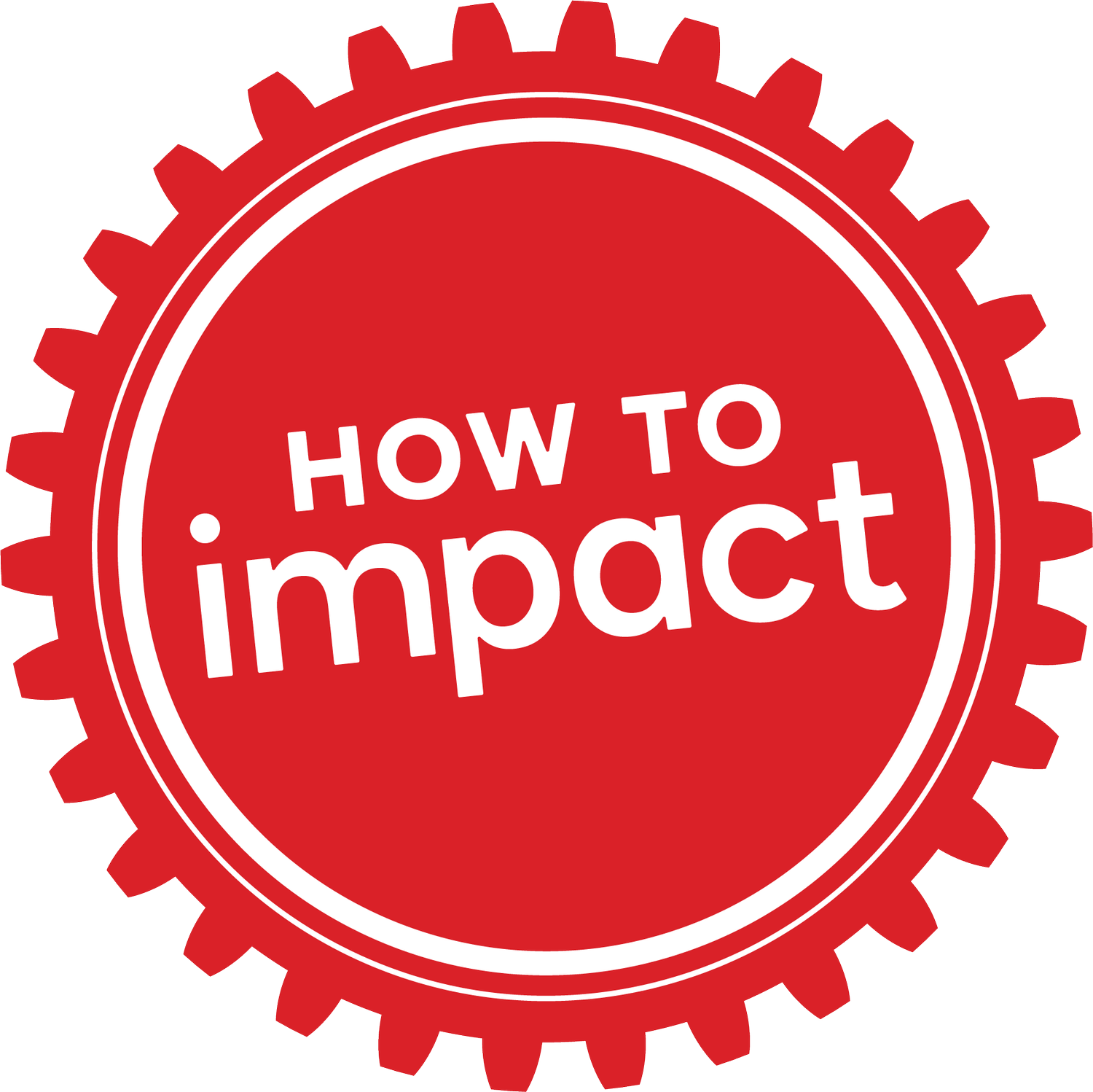The Four Patterns of the Food Adoption Curve
Noticed a new dish in your café or a new product on the shelves in the grocery stores and wondered why and how it got there?
It may seem like the latest hyped ingredient, recipe or cuisine style came out of nowhere, but in most instances, forecasting future demand in our food system is possible… as long as you know what market signals to look for.
You’re probably familiar with the Tech Adoption Lifecycle - the bell curve that drives new technology adoption from the early adopters to the laggards. But it’s not just technology adoption that follows a predictable pattern. In the fast-moving world of food, we’ve observed consistent adoption patterns across decades of deep-dive immersions and hundreds of innovation briefs… and brought these together to develop our ‘Food Adoption Curve’ Framework - a system for tracking, forecasting and designing for the needs and behaviours of future state consumers.
From Niche to Mainstream: The Classic Food Adoption Curve
So just how did that latest trend make it to your supermarket shelves?
Chances are it followed the classic food adoption curve. Food has long followed a similar adoption curve to other products, with trends typically originating in very experimental, high-end restaurants. They would then be followed by their peers, by journalists and bloggers. Then it would make its way through high end bars, mainstream restaurants and specialist grocery – all able to support the higher price-point and cost of a product that hasn’t yet reached mass scale. Once scale is achieved, the idea moves through to casual cafes, QSR and finally mass grocery.
A lot of culinary trends originate in high-end restaurants. Anyone following foodie media will see the lesser-known cuisines earmarked for growth each year with scheduled restaurant openings. 2022 could be the year of Filipino food, for example, with the opening of Kariton Sorbetes and Serai in Melbourne.
As Che-Marie Trigg (Sydney editor of Broadsheet) says:
Three things make a trend
Culinary trends are not just cuisine-based – look at the explosion of gourmet burgers from; Rockpool a decade ago, through to bars, to mainstream restaurants, to McDonald’s ‘Create Your Taste’ experiment and all the way through to pre-made gourmet burgers in Woolworths.
But culinary trends are not the only trends, and the traditional food adoption curve is changing radically due to the forces of ethical venturing, social media hype and the disrupted routines of a new COVID world.
Ethical Food Trends: Jumping Straight from Early Adopter To Mass
Ethical food trends often start with chefs, but usually cannot reach scale without Venture Capital or food research/manufacturers getting on board. A good recent example is artificial/lab-grown meat. We’ve seen vegan foods emerging throughout the adoption chain, but lab-grown meat is a different entity according to Alejandro Cancino who left his position as chef at high-end Urbane in Brisbane to co-found Fenn Foods which makes Veef, an artificial meat:
What’s exciting about ethical trends is that they break from the standard cycle and move from early adopters to ventures to mass. We’re now seeing the hospitality industry driving the changes in its own supply chain, because it is a huge contributor to sustainability issues and the govt is not regulating change.
Social Media Food Trends: Short-Lived Bursts
Social food trends are short-lived bursts of excitement in the media. Less food-centric, they are still very influential, especially at the back-end of the food adoption curve. Good recent examples are freak-shakes, cro-nuts, and currently Hungry Jacks’ ‘Sour Bursties’: all very Instagramable, very relevant to cafes and QSR, but not sustainable long-term plays.
TikTok saw more traffic in 2021 than Google, so if pasta-chips, cloud bread or corn ribs blow up on TikTok, then you know that people around the country (and world) will be trying it, but don’t hold your breath to see it around next year.
Disrupted Food Trends: Reversing the Cycle
COVID-19 has shown that the traditional food adoption curve can be disrupted by extraordinary events. 2020 was all about sourdough at home, which extended the adoption cycle into home-cooking. Whereas in 2021 the trend for cookie dough started at home and flowed backwards to food service and began appearing on restaurant dessert menus.
Did the current trend of comfort food and reviving 80’s classics come from home or from restaurant influencers? If the evidence of cookie dough and pop-up restaurants is anything to go by, the curve certainly seems to be flowing in reverse.
The disruption to our work:life formula, social rules and work-force supply of the past 2 years cannot be under-estimated. New eating patterns have been established, opening hours and menus trimmed and supply chains disrupted such that even chicken shops ran out of chicken.
Food innovation briefs are now being developed for foods that travel well after cooking, because food delivery has reached such critical mass and adaptive restaurants have carved out separate food delivery menus and experiences that integrate cocktails and even music playlists.
Whether you're developing a food innovation strategy or just looking for new dinner ideas, there’s a world of inspiration to unlock if you look across the Food Adoption Cycle. Remember to… think beyond your direct competitors and what’s happening in your sector of the market. Look for emerging trend signals to stay ahead of the ‘mainstream’ curve. Talk with deep and weird experts who can shed fresh light on what’s happening at the edges of the adoption curve. Let your curiosity guide you.





